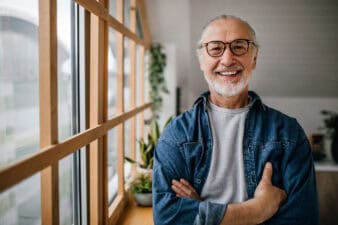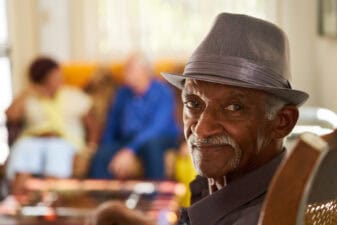Did you know that there’s a way to boost your CPP payouts when you’re already receiving them? That is, without simply deferring your decision to take benefits to a later date.
Although the pre-tax amount of CPP you receive is more or less fixed (apart from some inflation adjustments), you can increase the amount of after-tax CPP you receive – or more accurately, recapture your after-tax amount of CPP in the form of a tax refund.
The way you do this is by claiming more tax breaks. If you aren’t a business owner, there aren’t a ton of these you can claim, but there is one type of tax break every Canadian under the age of 71 can claim. In this article, I will explore how you can increase your after-tax CPP amount by $5,232 with one easily available tax break anybody can claim.
Making RRSP contributions
Making RRSP contributions is an easy way to get tax breaks and lower your taxable income – that includes CPP income. RRSP contributions lower your tax rate because they’re treated like a business expense; any dollar you put into your RRSP lowers your “net income” by the same amount. There is a limit to how many contributions you can make: 18% of your income up to a maximum of $31,560. This amount is far above what most Canadians save in a given year, so it shouldn’t be an issue. If your marginal tax rate is 33%, then $15,711 worth of RRSP contributions will get you $5,232 in tax savings.
If you still have a good few years to go until retirement, and you expect to have a low income in retirement, then making RRSP contributions makes sense. Your RRSP money is taxable on withdrawal: if you think you’ll be making just as much money in pension income as you made in employment income, then late-in-life RRSP contributions don’t make much sense. The RRSP gives you the benefit of tax-free compounding, which can be worth it even if your tax rate in retirement is high. But if you’re already 70, you only get one year of tax-free compounding before mandatory withdrawals kick in. So the “RRSP contribution” strategy of tax reduction makes the most sense if you’re in your early sixties and/or expect to have a low tax rate in retirement.
How to invest well in your RRSP
Investing in an RRSP isn’t just a matter of making contributions. You also need to invest your contributions well. Many banks offer pre-invested RRSPs that invest in portfolios of stocks. You can also open a self-directed RRSP and invest in whatever stocks you like. In general, well-run established companies tend to be good RRSP holdings.
Consider Alimentation Couche-Tard (TSX:ATD), for example. It’s a Canadian company that has both a focus on growth and a track record of sound financial management. It is the owner of the Circle K gas station chain, which is popular from coast to coast. It also operates retail chains in the U.S. and Europe.
ATD has grown its business considerably over the years. It has done so mainly by re-investing earnings rather than borrowing huge sums of money. As a result, it has a mere 1.1 debt-to-equity ratio despite having gone through a major growth spurt. The company’s stock pays a small 0.8% dividend. That’s not nothing, but really the main draw of this stock is the potential for capital gains produced by intelligent capital allocation.








